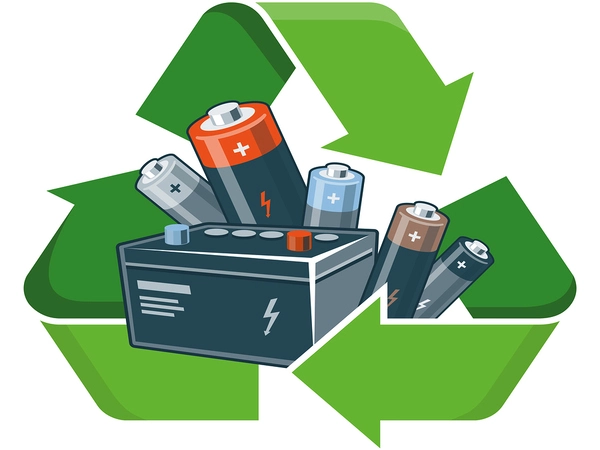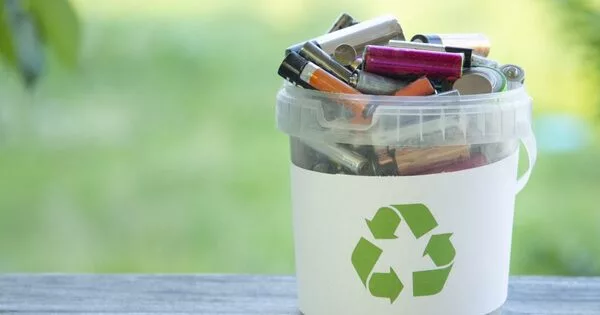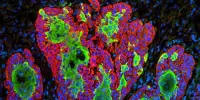Developing an effective and ecologically friendly battery recycling technology is critical for addressing the growing problem of electronic waste. Researchers at Chalmers University of Technology in Sweden have developed a new and effective method for recycling metals from wasted electric car batteries. The approach recovers 100% of the aluminum and 98% of the lithium from electric vehicle batteries.
Simultaneously, the loss of valuable raw materials such as nickel, cobalt, and manganese is minimized. The researchers use oxalic acid, an organic acid found in plants, which eliminates the need for expensive or hazardous chemicals.
“So far, no one has managed to find exactly the right conditions for separating this much lithium using oxalic acid, whilst also removing all the aluminum. Since all batteries contain aluminum, we need to be able to remove it without losing the other metals,” says Léa Rouquette, Ph.D. student at the Department of Chemistry and Chemical Engineering at Chalmers.
We need alternatives to inorganic chemicals. One of the biggest bottlenecks in today’s processes is removing residual materials like aluminum. This is an innovative method that can offer the recycling industry new alternatives and help solve problems that hinder development.
Martina Petranikova
Rouquette and study leader Martina Petranikova demonstrate how the new technology works in Chalmers’ battery recycling lab. The lab has used automobile battery cells and their pulverized contents in the fume cupboard. This takes the form of a finely ground black powder dissolved in a clear liquid called oxalic acid. Rouquette creates both the powder and the liquid in a manner similar of a kitchen mixer.
Although it appears to be as simple as boiling coffee, the exact technique is a novel and newly reported scientific accomplishment. The researchers created a stunning new recipe for employing oxalic acid, an environmentally favorable component found in plants such as rhubarb and spinach, by fine-tuning temperature, concentration, and time.
“We need alternatives to inorganic chemicals. One of the biggest bottlenecks in today’s processes is removing residual materials like aluminum. This is an innovative method that can offer the recycling industry new alternatives and help solve problems that hinder development,” says Martina Petranikova, Associate Professor at the Department of Chemistry and Chemical Engineering at Chalmers.

Reversing order and avoiding the loss
Hydrometallurgy is the name given to the aqueous-based recycling technique. All of the metals in an EV battery cell are dissolved in an inorganic acid in classical hydrometallurgy. The “impurities” such as aluminum and copper are then removed.
Finally, important metals such as cobalt, nickel, manganese, and lithium can be recovered independently. Even though the amount of residual aluminum and copper is modest, it necessitates numerous purification stages, each of which can result in lithium loss. The researchers used the novel method to reverse the order and recover the lithium and aluminum first. As a result, they can reduce the waste of important metals required to manufacture new batteries.
The final stage of the procedure, in which the black fluid is filtered, is similarly suggestive of coffee brewing. While aluminum and lithium become liquids, the other metals remain in the “solids.” The next step is to separate the aluminum and lithium.
“Because the metals have such disparate properties, we don’t believe it will be difficult to separate them.” “Our method is a promising new route for battery recycling — one that definitely merits further investigation,” Rouquette explains. “As the method can be scaled up, we hope it can be used in industry in future years,” Petranikova said.
















